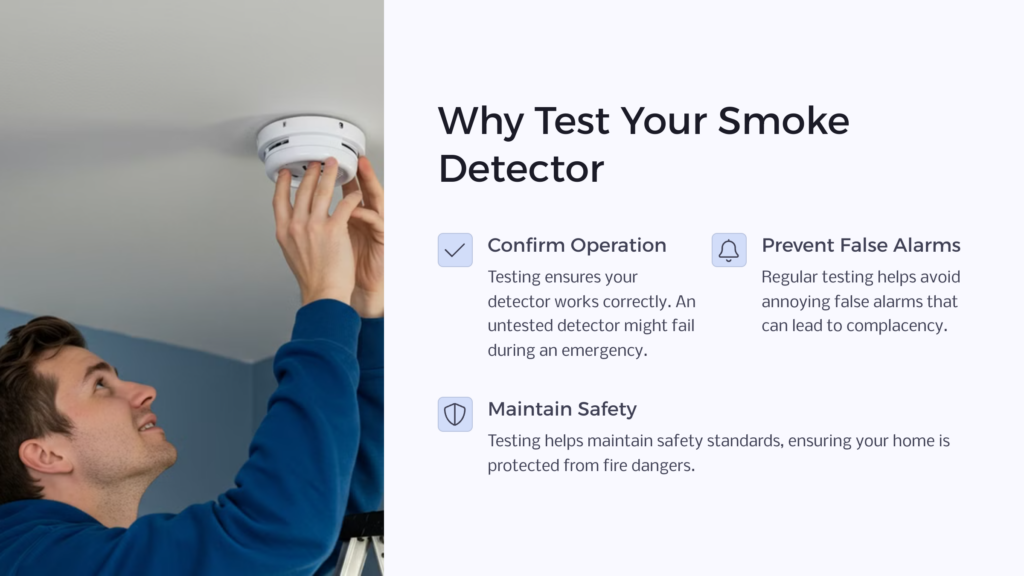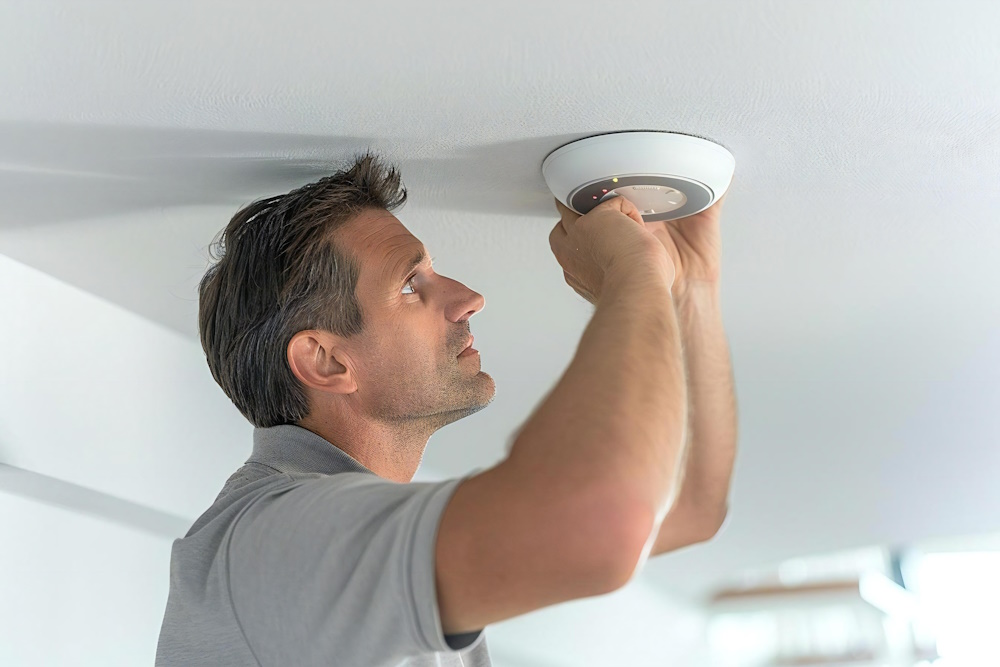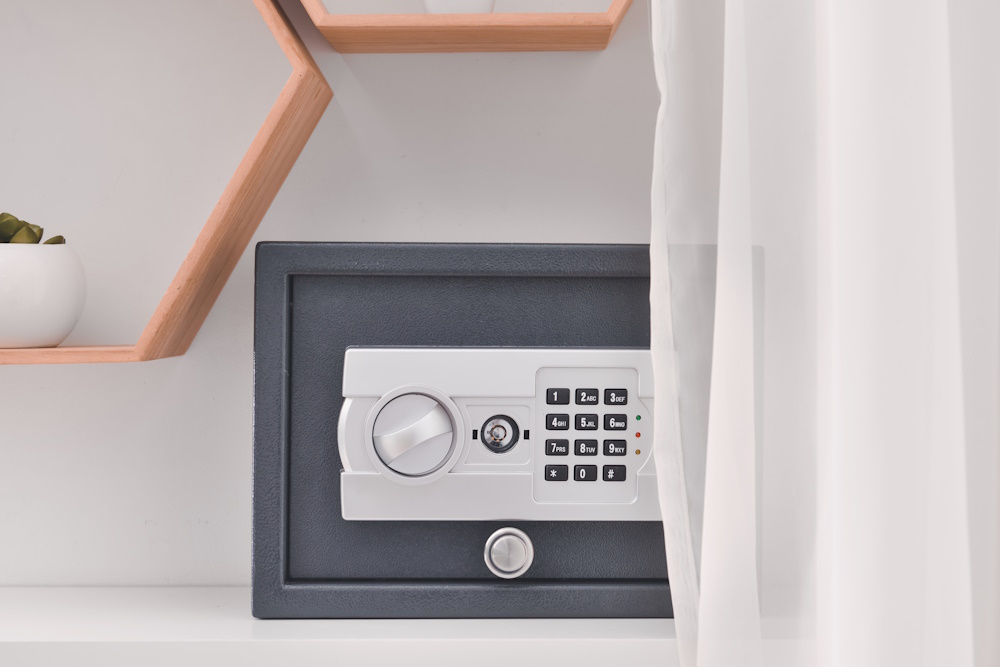A working smoke alarm is of the most essential safety devices in any home. Providing an early warning for the presence of fire, they are critical in ensuring the safety of your home and family. If a smoke detector is faulty or not working correctly, it can be the difference between a small mishap and a catastrophic event.
Brief Explanation of Smoke Detectors

A smoke sensor use sensing technologies to detect real smoke, typically as an indicator of fire. When they detect smoke, they emit a loud, piercing alarm to alert the homeowners or residents. They are usually installed on the ceiling where they can adequately monitor the room or space for smoke.
Importance of Smoke Detectors
The importance of smoke detectors cannot be overstated. A working alarm is the best thing you can do to practice fire safety. According to National Fire Protection Association (NFPA), three out of five home fire deaths resulted from fires in properties without smoke detectors. A smoke alarm is the first line of defense against fire hazards, giving you the essential time that could help you escape a fire emergency.
Types of Smoke Detectors
Photoelectric Smoke Detectors
Photoelectric smoke detectors use a light sensor to detect smoke. When smoke enters the chamber, it interferes with the light beam, causing some light to scatter. When the system perceives this scattered light, it triggers the alarm.
Ionization Smoke Detectors
Ionization smoke detectors use small amounts of radioactive material to ionize the air in a sensing chamber. When smoke enters this chamber, it interrupts the flow of ions, triggering the alarm. These alarms are better at detecting fast, flaming fires.
Dual Sensor Smoke Detectors
As the name implies, dual sensor smoke detectors incorporate both photoelectric and ionization technologies. They provide both types of protection, making them highly effective at detecting both smoldering and flaming fires.
Why It’s Important to Test Your Smoke Detector

Testing your smoke detector allows you to know that it’s working correctly. An untested smoke detector might fail to alert you in a fire emergency, resulting in a dangerous situation.
Regular testing helps you avoid false alarms. False alarms are not just annoying; they can also make you complacent, leading to ignored alerts when a real fire happens.
Regular testing also helps maintain safety standards, ensuring that your house is protected from potential fire dangers as effectively as possible.
Frequency of Testing
The official recommendation by safety agencies, like NFPA, is to test your smoke alarms at least once a month.
If your smoke detector is hardwired (that is, powered by your home’s electrical system), you may want to test it more often due to the likelihood of power interruptions.
How to Prepare for the Smoke Detector Test
Before testing, ensure there is no real fire, and inform all individuals present in the house that you will be conducting a fire alarm test.
For most basic tests, you only need a step ladder and your finger. However, for some types of detectors, you may need a smoke generator or canned smoke.
Step-by-Step Guide on Testing a Smoke Detector
The Manual Test Method
- Press and hold the test button on the smoke detector. It can usually be found on the surface of the device.
- Release the button after the alarm sounds off.
- The noise should be loud and clear. If the device emits a weak or interrupted sound, it may be time to replace the batteries.
The Smoke Test Method
- Extinguish all open flames in the room.
- Use a smoke generator or a smolder stick and hold it near the detector.
- Wait for the device to detect the smoke and sound off. If it fails to do so, it may be time to service the unit.
Special Considerations for Hardwired Detectors
Hardwired detectors should be tested both with power on and power off to make sure they will alert you even during power losses.
Troubleshooting Common Issues
If your smoke alarm is making a chirping sound, it usually means it’s time to replace the batteries.
If your smoke detector isn’t working after battery replacement, it could have reached its end of life. Most smoke detectors must be replaced every 8-10 years.
Smoke Detector Maintenance

Smoke detectors should be cleaned regularly to prevent dust from blocking the sensors.
Batteries in smoke detectors should be replaced regularly, at least once a year, to ensure they are working effectively. Even hardwired detectors have backup batteries that need to be replaced regularly.
In conclusion, testing our smoke detector regularly is a small task that can make a big difference to our safety. By spending a few minutes each month testing and maintaining our smoke detectors, we can help protect our homes and families from the devastating effects of fire.



